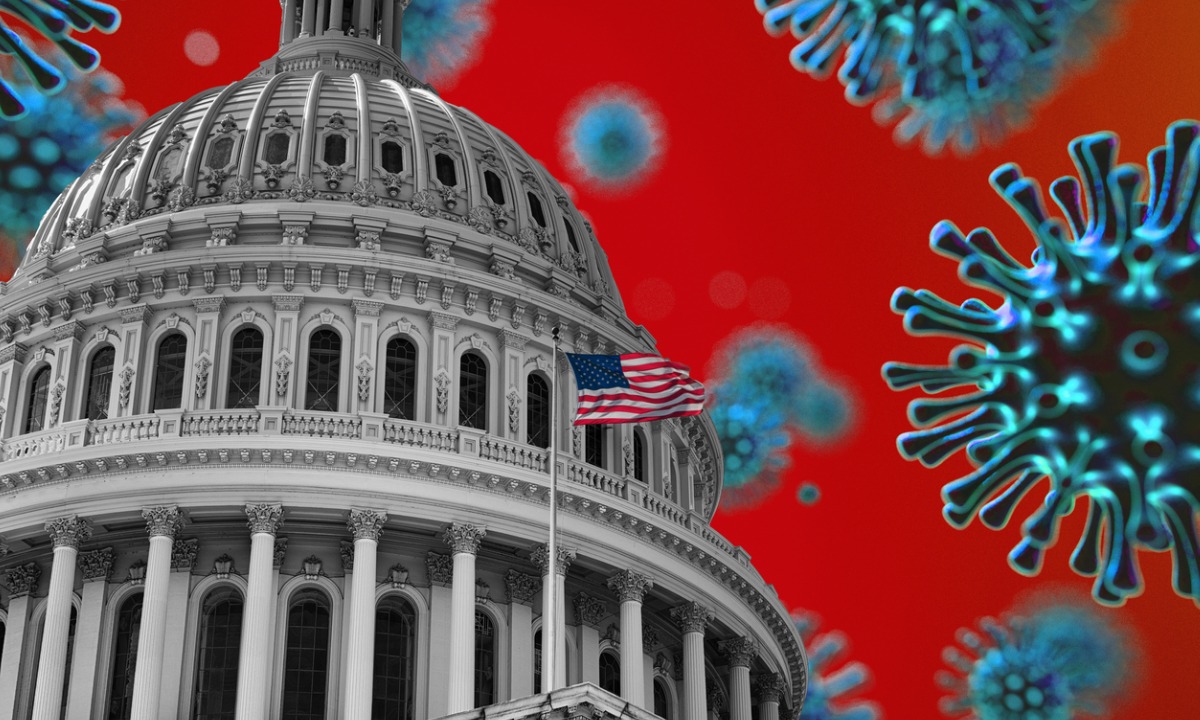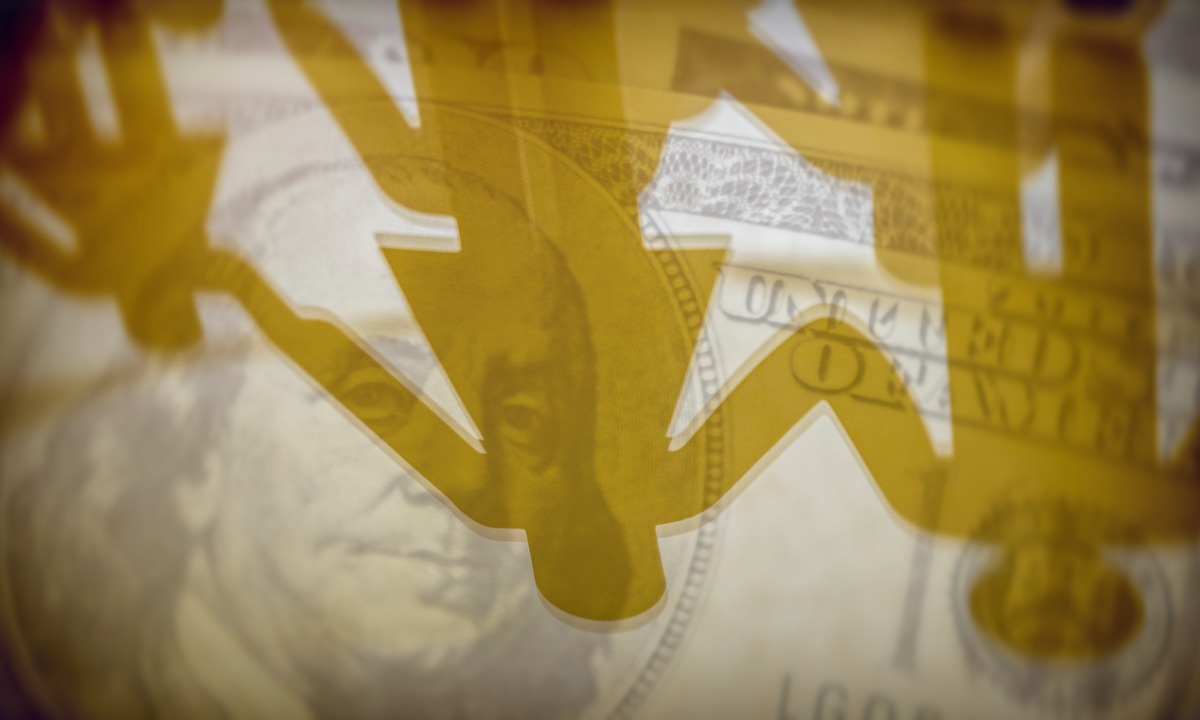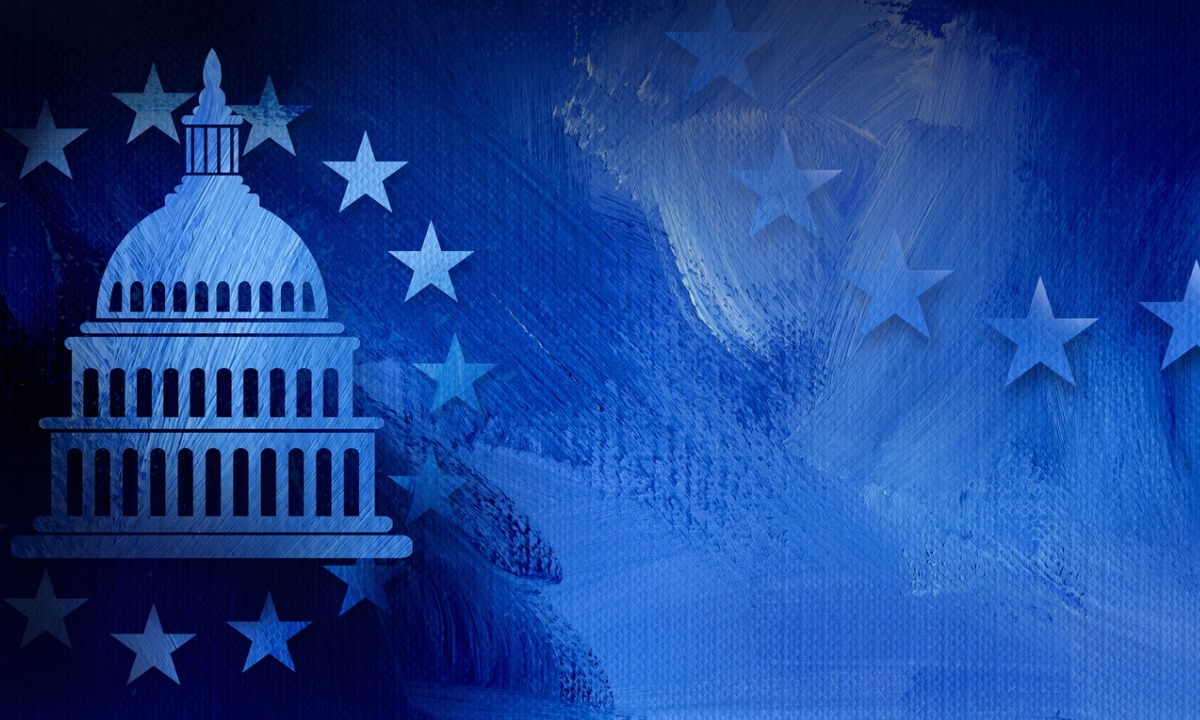We will continue to keep you updated with any further clarification or changes. We hope you and yours have a wonderful and safe last week of 2020!
It only took nine months after the first relief act was passed for Congress to agree to work together and help the American people once more. Just in time for the holidays, they have passed the 2021 Consolidated Appropriations Act, which provides a new round of relief for the ongoing COVID-19 pandemic.
The bill includes several extensions of popular provisions from earlier coronavirus relief and stimulus bills passed in 2020.
From a tax standpoint, few new provisions are providing new forms of stimulus and relief. However, several small changes are made to provisions of the Families First Coronavirus Response Act and the Coronavirus Aid, Relief, and Economic Security (CARES) Act while also extending them beyond their initial expiration date. It does include another round of direct payments to taxpayers, extensions of the charitable contribution provisions and employee retention tax credit, and a clarification of the treatment of business expenses for small businesses with forgiven PPP loans. The bill also includes an extension of popular individual and business tax breaks scheduled to expire at the end of 2020.
This bill is massive and takes over 5,500 pages to address all the provisions. In fact, it’s the second-largest bill by page count ever. Below are some of the highlights of the bill — areas we feel are the most relevant.
Congress Passes $900 Billion COVID-19 Relief Bill — Here’s What’s in It
Direct Stimulus Payments
- These payments are only $600 per individual, where the earlier round given out last spring provided a $1,200 payment per individual. However, families can claim the full $600 amount for child dependents, where the credit was limited to $500 for children in the previous round of payments. But as was the case with the first round of stimulus checks, the payments represent an ADVANCE against a credit taxpayers will claim on their 2020 tax return. And once again, if the ACTUAL credit a taxpayer is owed on his or her 2020 return exceeds the ADVANCE payment received, they will claim an additional refundable credit for the balance. To the contrary, if the ADVANCE payment exceeds the ACTUAL credit, the taxpayer is not required to “true-up” by making a payment back to the IRS.
PPP Loan — Expenses paid with the original PPP funds can now be deducted!
- Soon after borrowers began obtaining the loans, the IRS went against the original intent of Congress and essentially made the loans taxable, as the expenses you paid with the PPP were going to be treated as non-deductible. Section 276 of Division N of the bill states that “no deduction shall be denied or reduced, no tax attribute shall be reduced, and no basis increase shall be denied, by reason of the exclusion from gross income.”
- For clients whom we have worked with on projections, we included the PPP loan amount as taxable under our projections (as was the case), so your estimated tax that we computed will now be lower due to this significant change.
PPP Loan — Round 2! (PPP2)
- The new bill reopens one of the most significant parts of the original CARES Act with additional funds for a second tranche of loans. The new bill earmarks $35 billion of the total $284 billion for those who have not borrowed and makes several changes to the new program.
- This includes additional limits on who can apply. For a borrower who is going back for round 2 (previously received PPP money), they will need to have fewer than 300 employees (down from 500) and show they had a 25% drop in gross receipts during a quarter in 2020 compared to the same quarter in 2019 (the SBA will need to issue specific guidance on this language as the bill is rather vague). Companies that go back for round 2 will be limited to $2M in PPP2 loans.
- PPP2 will continue to allow first-time borrowers from the following groups: businesses with 500 or fewer employees that are eligible for other SBA 7(a) loans.
- PPP2 borrowers may receive a loan amount up to 2.5 times their average monthly payroll costs in the year prior to the loan or the calendar year — the same as with the original PPP, but the maximum loan amount has been cut from $10M in the first round to the previously mentioned $2m maximum. PPP borrowers with NAICS codes starting with 72 (hotels and restaurants) can get up to 3.5 times their average monthly payroll costs, again subject to a $2 million maximum.
- The SBA has ten days from the passage of the law to issue regulations on the new PPP. We expect more guidance to be coming before the end of the year and will do our best to keep you updated.
PPP Loan – Simplified forgiveness application for loans of $150,000 or less
- Specifically, a borrower shall receive forgiveness if a borrower signs and submits to the lender a certification that is not more than one page in length and includes a description of the number of employees the borrower was able to retain because of the loan, the estimated total amount of the loan spent on payroll costs, and the total loan amount. The SBA must create the simplified application form within 24 days of the bill’s enactment and may not require additional materials unless necessary to substantiate revenue loss requirements or satisfy relevant statutory or regulatory requirements. Borrowers are required to retain relevant records related to employment for four years and other records for three years, as the SBA may review and audit these loans to check for fraud.
Unemployment Insurance
- The bill provides an additional $300 per week for all workers receiving unemployment benefits through 3/14/2021. The bill also increases the maximum number of weeks an individual can claim benefits through regular state unemployment to 50 weeks.
Extension of the Employee Retention Tax Credit (ERC)
- This was part of the original CARES Act and was available for 2020 to offset part of an employer’s portion of payroll taxes. Under the original act, you could not take the ERC and receive a PPP loan.
- The new bill extends the ERC through 7/1/2021 and expands several aspects of the credit paid in the first two quarters of 2021.
- The credit percentage is increased to 70% of qualified wages and applies up to $10,000 per quarter per employee.
- Previously, you had to have a 50% drop in gross receipts to apply for this credit. The new law drops that to a 20% reduction in quarter-over-quarter receipts.
- The biggest change is that it now appears you can take the ERC AND take out a PPP loan. However, any wages upon which an ERC is computed would not be forgivable costs under the PPP program.
Full business meal deductions are permitted in 2021 and 2022.
- Meals have been limited to 50% for as long as one can remember. The new act allows 100% business deduction for “restaurant” meals provided other deductibility requirements are met (not lavish, the taxpayer is present, as is an employee or business associate), among other requirements.
Changes to Charitable Contributions
- People that do not itemize their deductions are now allowed to get a deduction for up to $600 of cash paid to qualifying charities (married filing joint). This extends through 2021.
- This new bill also allows individuals to increase the limit for deductible cash paid to a public charity to 100% of taxable income through 2021.
Extension of Certain Tax Provisions That Were Set to Expire at the End of 2020
- Unreimbursed medical expenses are deductible to the extent they exceed 7.5% of adjusted taxable income. This was supposed to revert to 10% in 2021.
- Section 179D, which relates to energy improvements in commercial buildings, is now permanent as it was to expire at the end of 2020.
We Will Continue to Monitor This Bill and Keep You Updated along the Way
While we hoped this would be a summary article, you can see from above it turned out to be quite lengthy. We will continue to monitor this bill and be available to answer questions as they come up for you — and do our best to be your continued resource for financial news during this terrible pandemic.
We hope that some of these provisions will bring some extra relief to you and your business as we finally close the book on 2020 and look forward to a brighter 2021!
As always, MGA is doing its best for you to make the complex simple. We wish the best to you and yours in this holiday season.
.png?width=191&name=mgalogofinal-01%20(3).png)




